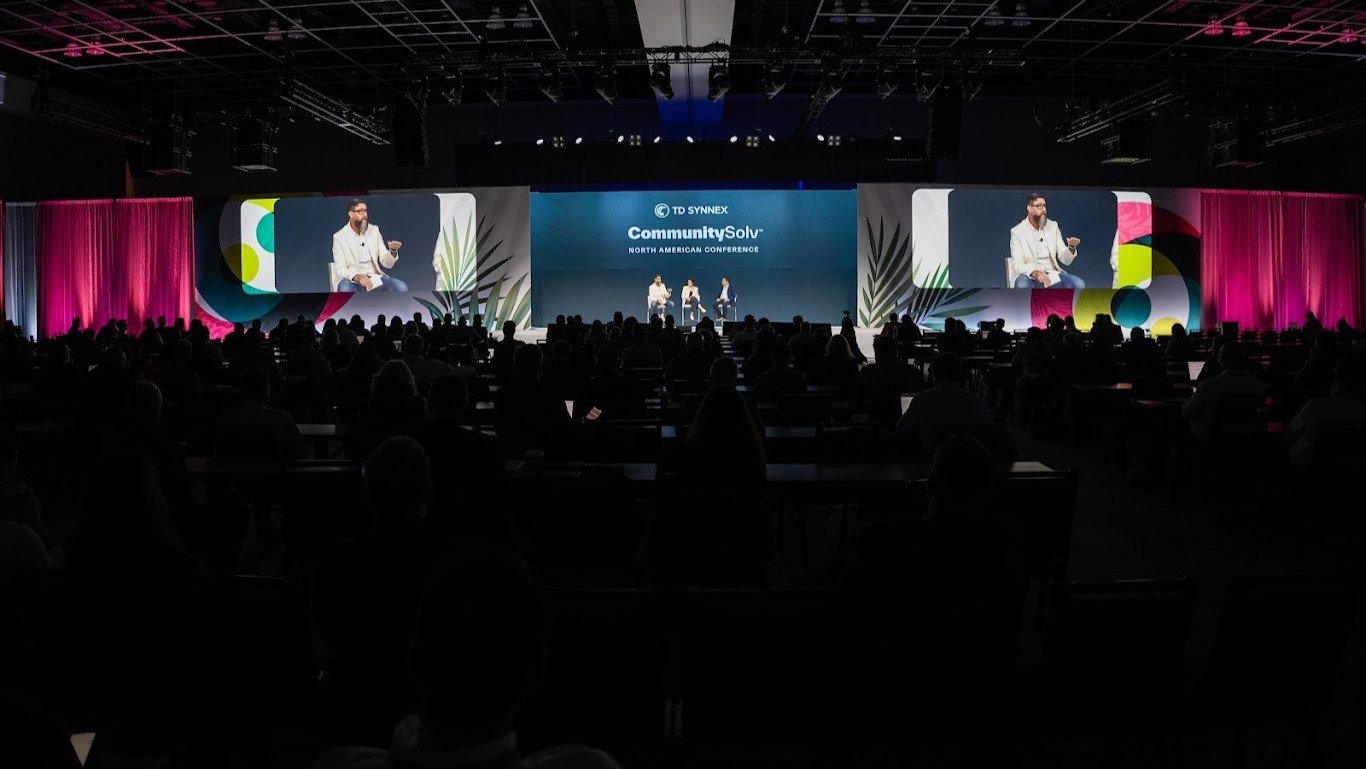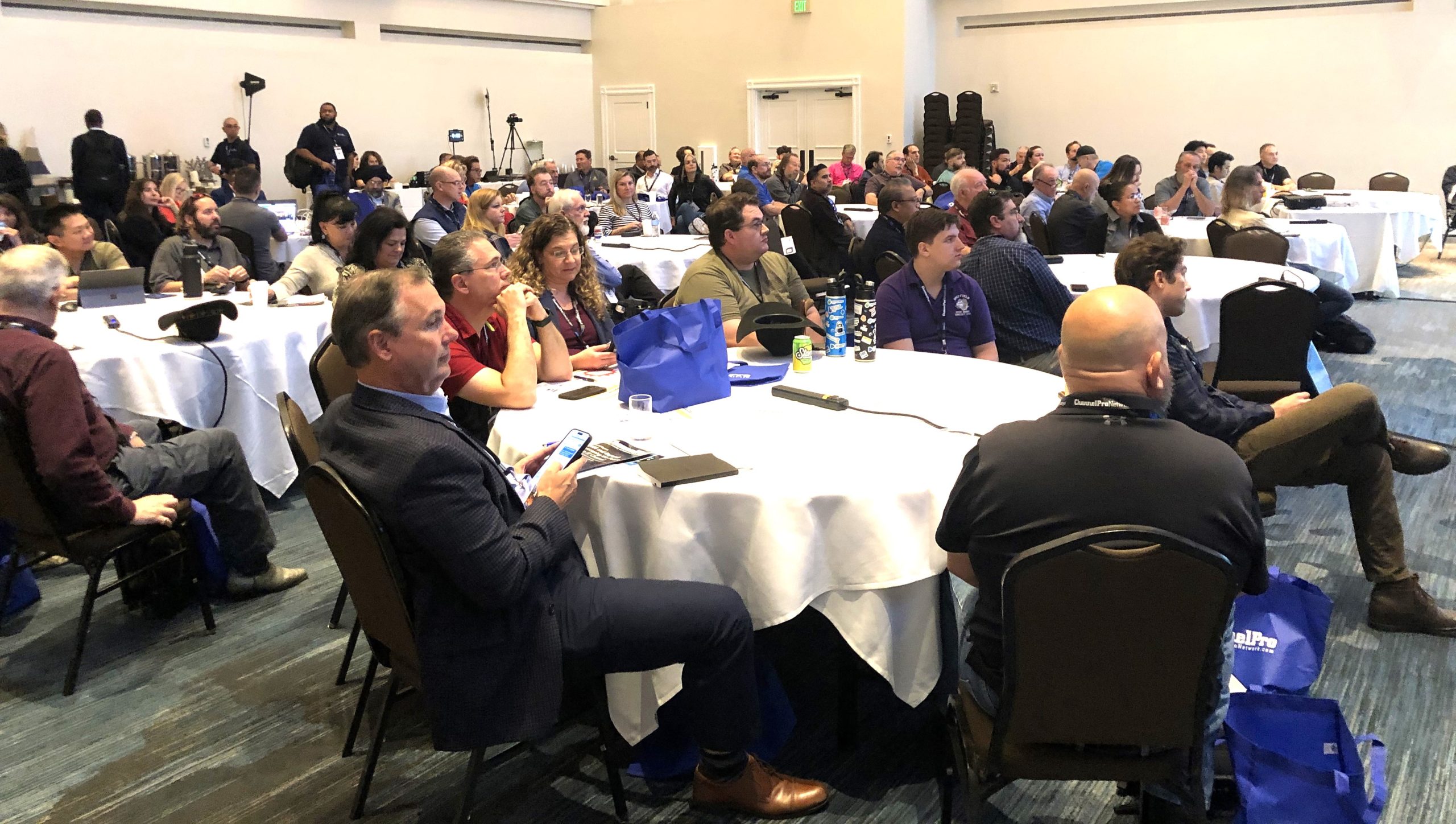As an EOS implementer for IT companies, I’m hearing the same thing on almost every call this year—””I can’t hire the people I need to service the business I have.”” From the front lines to NOC, every single type of IT professional is in high demand. And with Google and Facebook hiring entry-level technicians for double what most MSPs can afford to pay, how is any MSP supposed to get a handle on staffing?
There is an answer to this question, and it requires us to shift our thinking in two ways. First, we need to shift how we think about what an IT job is. And second, we need to shift how we think about who the right fit for those jobs will be.
I started in IT in 1990, and when I began, we had a room full of Data General servers and a few hundred “”green screen”” dummy terminals at the large corporation that hired me. Adding a user to the system was 20 minutes of command line entries. Doing the backups each night required a full-time overnight employee who knew how to manage the finicky tapes and backup machines. And, importantly, the user’s sense of who I was was radically different. At that time, users expected the computers to regularly break, and they knew the IT guy was special—a brilliant nerdy type with no social skills who knew how to make the impossibly complex machine “”go.”” We were not expected to provide good service, we were just expected to get the thing to work again.
Today, things have changed dramatically. Users now expect that their computers will work 24/7, and they’re upset when they don’t. There is no belief by the average user that “”these things are complicated and will periodically break.”” They also expect their IT support provider to be helpful and friendly—part therapist, part computer-fixer. In the past 30 years, front-line IT went from being a technical job that interacts with customers to being a customer service job that does technical things.
When I managed Exchange Server 5.5 on Windows NT 4.0, troubleshooting email delivery problems required someone making six figures who’d spent three years getting Microsoft certifications. Today, it requires someone with a couple of hours of training who can log into Microsoft 365 and go to the Exchange admin center and click “”message trace.””
This leads us to our second major shift—changing our conception of what an IT person looks like. When I look at the “”about us”” page of most IT companies, I usually see row after row of white male faces. And yet, the U.S. census just came out with some truly stunning data—Americans younger than 40 are overwhelmingly non-white. More than 60% of Americans under 40 are people of color, and 50% are women.
So…we’re all trying to hire the same group of people (young white men with two to five years of help desk experience) AND that group is shrinking! If we’re going to succeed in hiring in 2021, we need to change our thinking about who we’re going to recruit, and how.
So how can we pivot and start to hire from a larger pool that other IT companies aren’t even looking at today? Companies that are successfully navigating this new world are making two big changes.
1. They’re Hiring Customer Service People, and Training Them on IT
There is a huge pool of people who are skilled in customer service and would love to go from making $15/hr at the hotel reception desk to making $20/hr as front-line IT. They just don’t know yet that the career is an option for them!
To make the career visible to them, we must advertise differently and train differently:
- Instead of advertising in the IT section, where our wages and description are generic, we start advertising in the customer service section, where what we pay for entry-level IT is way more than most jobs in customer service.
- We go to the local career fair for high school or college graduates (online or in person) and look for people who want to get into our industry.
- We eliminate the “”requirement”” for prior IT experience and instead look for people who are excited to start a career in IT.
- Then we train them, have them shadow existing technicians, and have them go through the Google tech support training on Coursera (free!).
Successful companies also know they need to ABH (always be hiring!). Managers are looking to hire at all times, in every interaction. I carry around a business card that says, “”You impressed me, do you want a job in IT? Here is my contact information.”” And I give it out to people in restaurants and businesses who blow me away with their intelligence and work quality.
I once hired a woman who was a teacher’s aide, with no prior IT experience. In less than three years, she learned IT so quickly that she outgrew my entire MSP and now works at a large software company.
2. They’re Changing Their Environments to Welcome Other People
Many IT companies are stuck in a “”nerd culture”” mindset, where sexist jokes are typical, mocking the user for being an idiot is standard, the bathrooms are gross, and interrupting each other during conversations is just how people talk. While these environments might appeal to the ever-shrinking group of “”traditional”” IT workers, they repulse diverse candidates.
To hire great customer service candidates, and train them for IT careers, companies need to evaluate if their company culture will be welcoming to diverse groups of people. Where they don’t, they must make often-difficult changes in how they talk and how they interact with the world.
Doing this starts by hiring someone who can help you look at your company and see how it operates, and the ways in which it might be hostile to these groups. Diversity, equity, inclusion, and social justice (DEISJ) consultants have proliferated in the last few years, and a quick Google search will usually get you to a qualified professional. The thing to know is this—the world is changing, and trying to force everybody to fit our model is going to be a lot less painful than accepting that our model needs to change to accept the way the world is today, and will be tomorrow.
Shift Your Focus to Get Ahead
The companies making these changes are growing quickly, with diverse workforces and little trouble hiring great candidates. The companies sticking fast to “”we only hire tech people with two to five years of experience who play video games”” are falling behind, unable to get enough bodies to support their customers and losing their clients to other companies that understand we’re now in a customer service–first business. Which kind of company do you want to run?
ZAC CRAMER owns IT Assurance, the world’s best MSP. They have been working to challenge and double-cross the establishment for 15 years. They revolutionized IT hiring and built an IT company where a majority of the team are women, people of color, or members of other groups typically shunned by the IT industry. They broke the mold for how to provide telephony services and built a new model that’s fair to the customer and the company. They look forward to another 15 years of defying expectations and beating the establishment.














